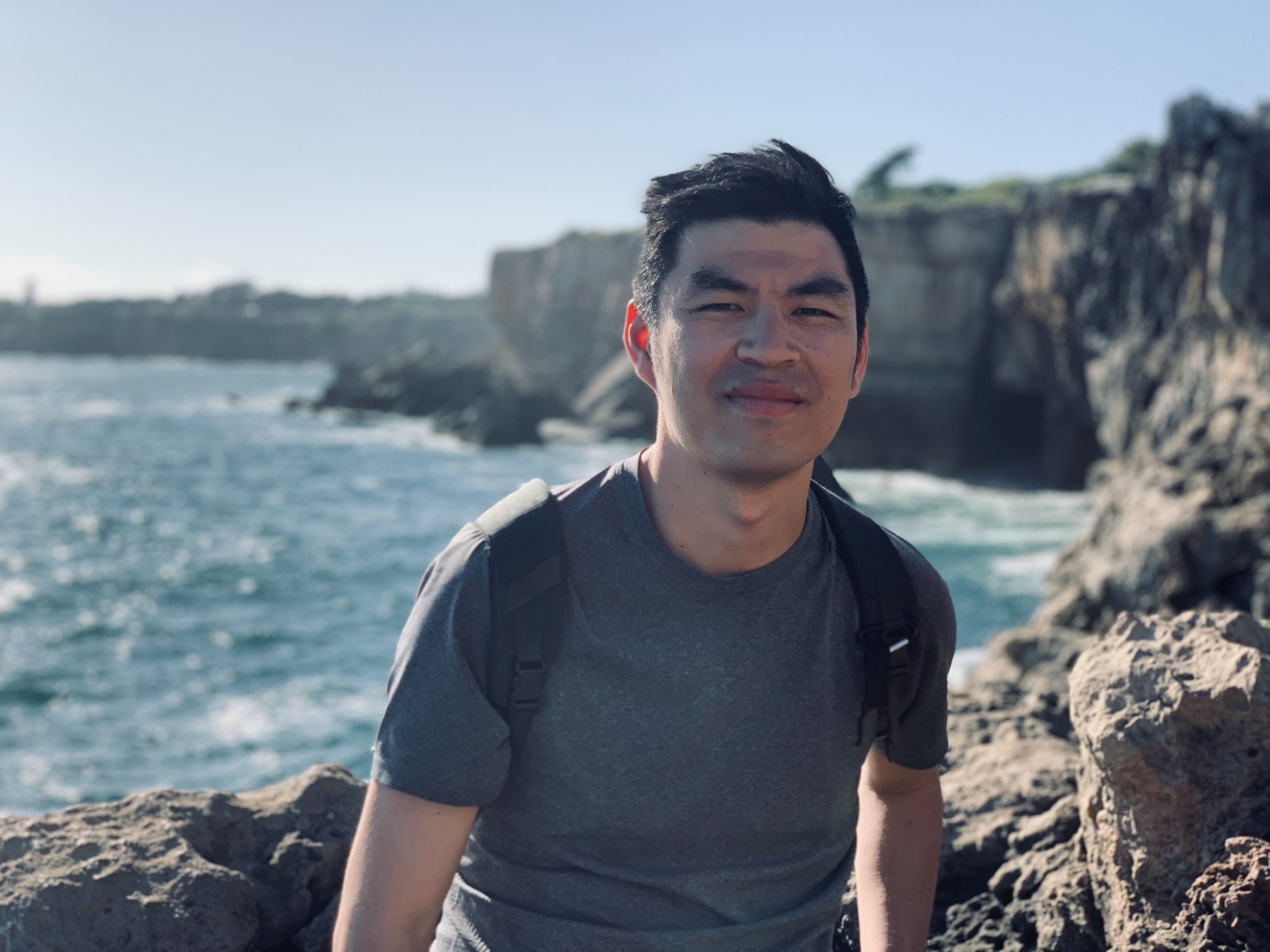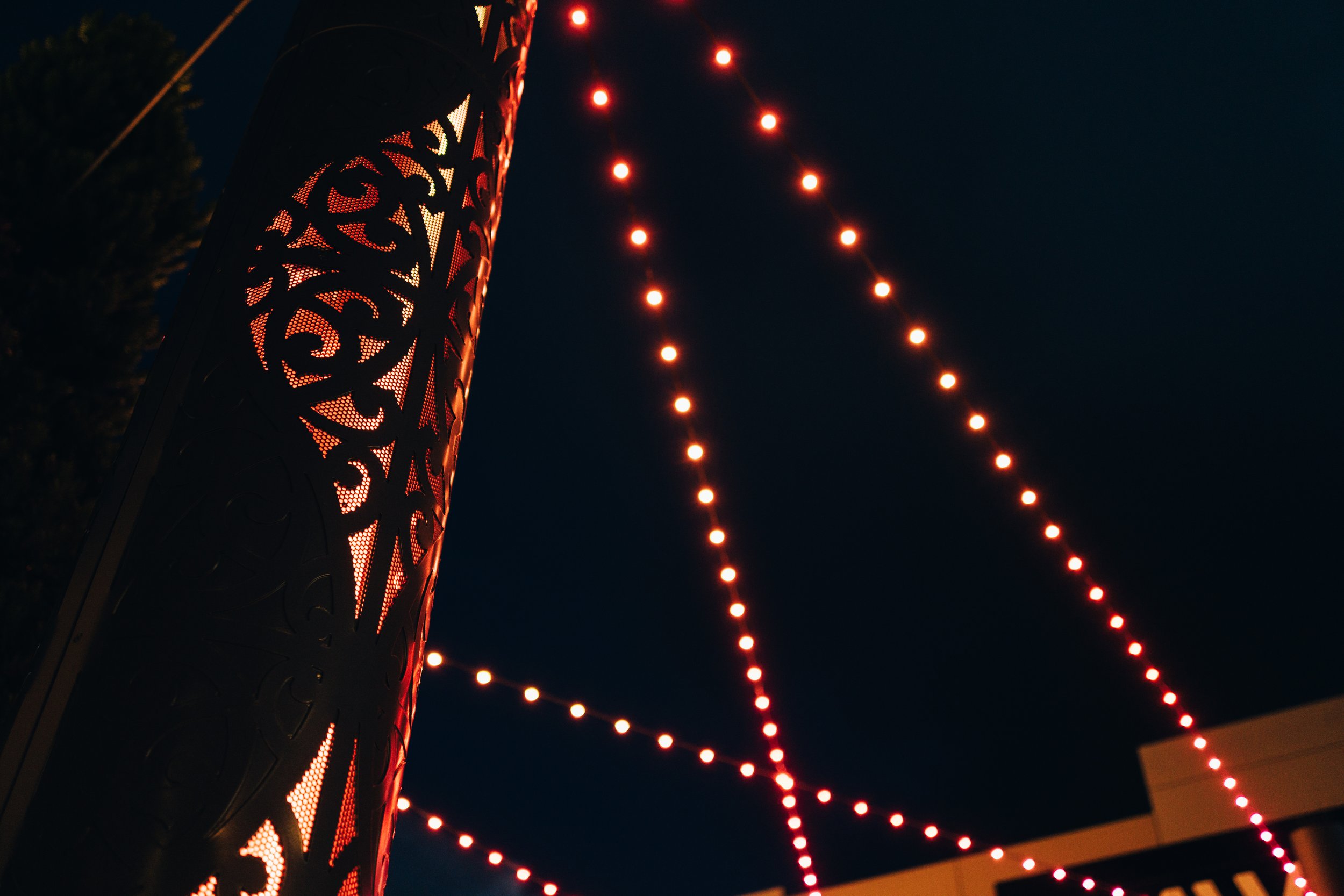Community impact - with Michael Chu from Isthmus
Michael Chu began his journey as a landscape architect at Isthmus in 2014 in the Auckland studio. Growing up in Palmerston North he took an interest in art and architecture at High School.
His studies saw him move to Wellington and Victoria University where he graduated with a Master of Landscape Architecture and a Bachelor of Design majoring in Landscape Architecture. These days you’ll find him in the Wellington Isthmus office.
LA: Why did you choose landscape architecture?
MC: I enjoyed studying graphics in high school and wanted to be involved in a creative profession. I chose to study Landscape Architecture at university after completing a first-year project that explored how built form could be integrated with Wellington’s harsh but beautiful coastal landscape.
Michael Chu in Boca do Inferno, Cascais, Portugal.
LAA: You've been practicing for 8 years now - is it what you imagined it to be and why?
MC: I've enjoyed working in practice and have found every project with its site-specific challenges and opportunities a valuable learning experience for my personal development in the profession. A point of difference between study and practice is that you are usually working alongside other consultants and a high degree of coordination and foresight is required to ensure a design is compliant with regulations, with any issues raised early as these could have cost implications for the client. The same with managing client expectations and fees on projects, it’s all about knowledge and skills acquired through continual work in the field.
Wellington’s rocky and ephemeral southern coastline.
LAA: How does the profession allow you to have an impact on your community?
MC: As Landscape Architects, I feel our role is to advocate for the landscape and create inclusive spaces for our communities. Our designs should always reflect and respond to the needs and aspirations of the people who use these spaces, through consultation and involvement during the design process. Our practice is broad with a range of skills and services, and as designers, we work at different scales to express a holistic understanding of nature, culture, narrative, and amenity into built form, achieving robust and highly valued spaces for our communities. Personally, I find incorporating local stories and finding ways to creatively integrate local knowledge within a design really fulfilling.
LAA: What sort of work do you do and what particular skill set do you have that brings out the best in a project?
MC: My project work varies from streetscape, commercial and playspace design, through to transportation and landscape regeneration projects. This can involve preparing proposals to liaising with clients and consultants from concept through to detailed design and implementation. I’ve always been a visually orientated person, so sketching is my preferred form of communication when required to convey an idea quickly. Being able to sketch ideas onto paper helps me table concepts to the client or project team for a better understanding of how things work and fit together.
LAA: Name a favourite project you’ve worked on.
MC: My favourite project so far has been Wharf Street in Tauranga. I was fortunate to be involved in the project from start to finish and learnt a lot through that process. The street derives its name from the wharf that once extended into the harbour and the design is a subtle reference to this through form and materiality. The street was originally used as a thoroughfare for vehicles but is now reconfigured to prioritise pedestrians with limited vehicle traffic movements. The street is predominantly filled with eateries and bars on both sides, and the new space improves the outdoor dining experience but also enables opportunities for social and public gatherings to happen down the street.
Wharf St, Tauranga. Photo by David St George
A particular detail I enjoyed working on was the light poles at either end of the street. Working with the appointed iwi artist Whare Thompson, the pūwhenua design acknowledges those who have come before us, and the knowledge passed on. The perforated sleeves on these light poles are illuminated at night contributing to the overall street atmosphere and experience.
Light pole sleeve design. Photo by David St George
LAA: How would you like to see the profession develop over the next couple of years?
MC: I think Landscape Architecture in Aotearoa is gaining momentum. It's great to see some awesome projects getting recognised not only locally but internationally as well and proves how much of an impact and influence we have on the world stage. In terms of the profession developing over the next few years, globally we are all dealing with the impacts of climate change and sustainable management of natural resources. Over these next couple of years, I think responding to this through the use of sustainably sourced, local materials and finding innovative solutions through design to help address these issues of climate change will be key.



